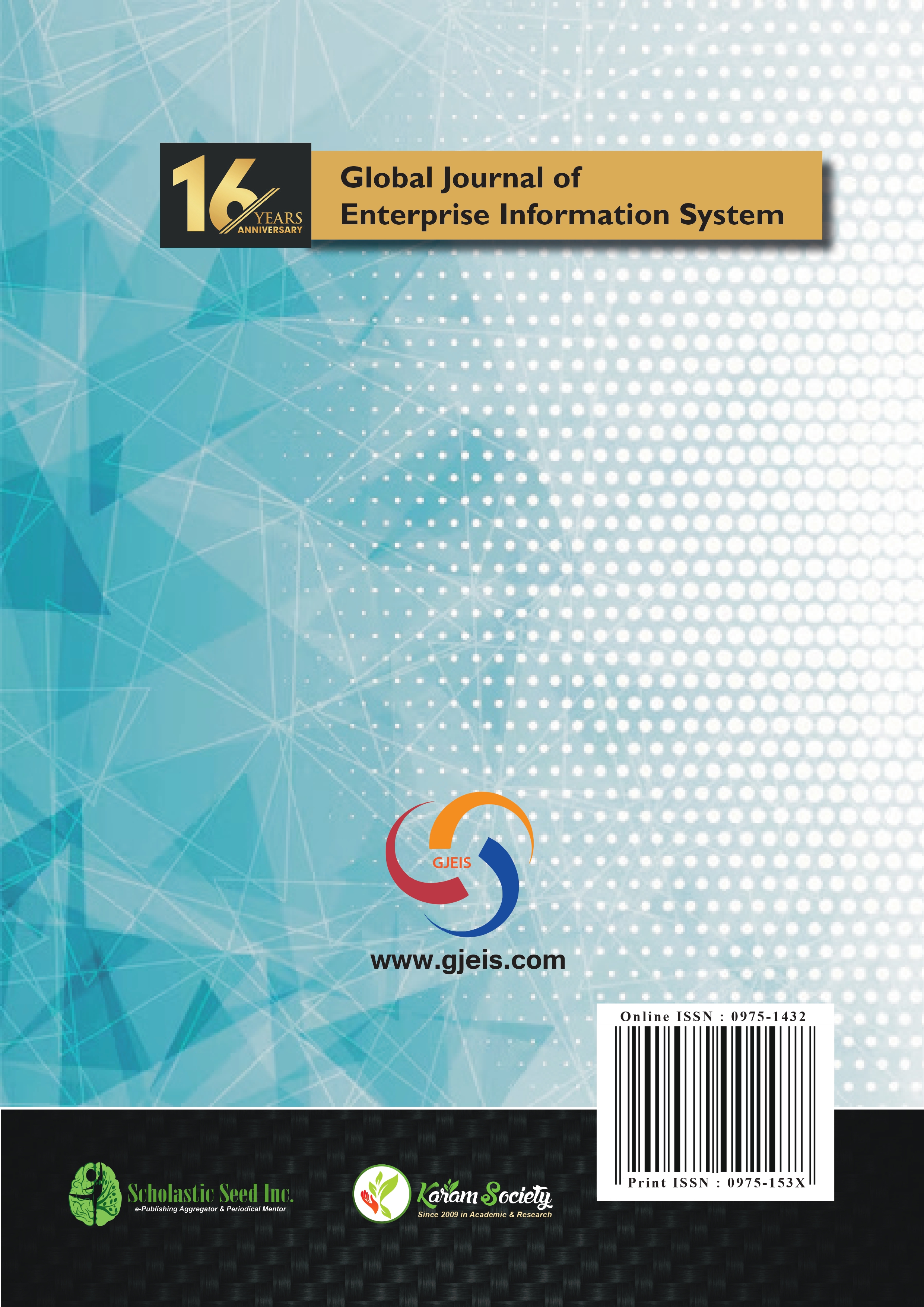Stress Evaluation and Prevention During Examinations Using Data Analytics
Abstract
Purpose: Stress can include fear, anxiety, inability to relax, increased pulse rate, difficulty in breathing, difficulty in getting proper sleep or insomnia, changes in diet, difficulty in concentrating or focussing, deterioration of existing health conditions (both physical and mental). Stress during examinations is a major concern for both students as well as their parents. Certain measures and precautions can be taken to detect this stress using modern day technologies and prevent students from taking mental pressure.
Design/Methodology/Approach: With the help of created as well as available datasets a model and research paper has been created using supervised machine learning algorithms eg: random forest algorithm to detect stress levels in humans using facial recognition.
Findings: In this proposed model, the user whose photo is being captured is signifying as happy. It can be termed that the stress level is comparatively low and, when the emotion is neutral the user may or may not be stressed and may signify neutral facial expressions. In case of sad and angry facial gestures it can be considered that the user is stressed. Although the accuracy of this model needs to be tested, this model cannot be concluded accurately as it may require a greater number of iterations and improvements.
Originality/Value: This research paper will help to understand the overall concept of face detection with the help of machine learning algorithms at early stages which can further help in early diagnosis.
Paper Type: View Point.
Copyright (c) 2023 Global Journal of Enterprise Information System

This work is licensed under a Creative Commons Attribution-NonCommercial-NoDerivatives 4.0 International License.








